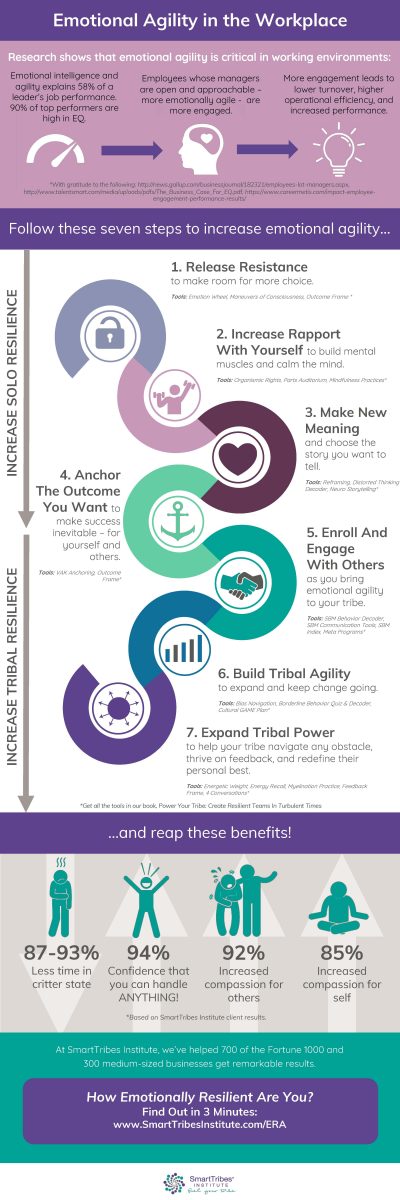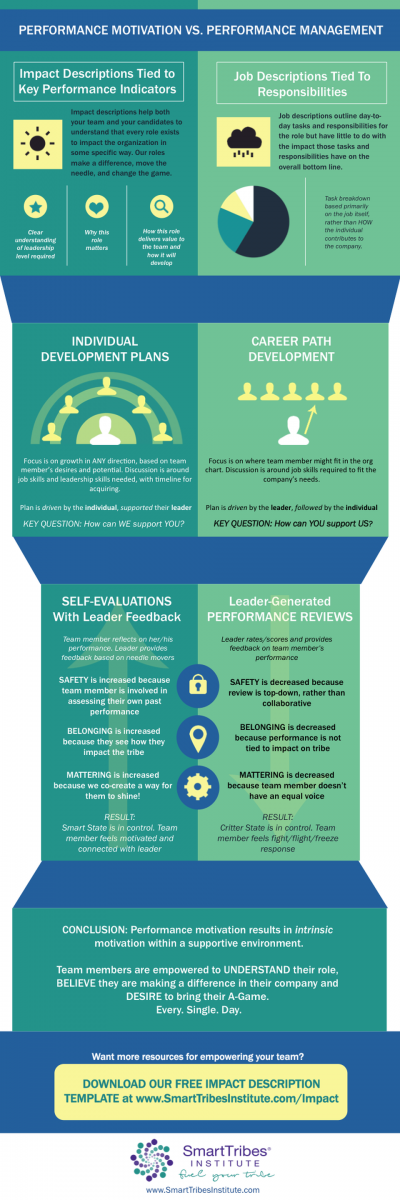
*As originally seen on Forbes.com
2018 is a wrap. The holiday season is a wrap. Are you sure your plan for 2019 is a wrap?
Sorry to be a buzzkill, but if you want your organization to succeed this year, there are six key blind spots leaders must address.
As you know from my past blogs, the human brain has the tendency to delete (choose to deem something as unimportant or less important, so to ignore it), distort (blow things out of proportion, or hyper-focus on a small set of items) and generalize (assume things will continue as usual or are predictable). What are you deleting? Distorting? Generalizing?
Bet it’s something important—like one of the six topics below that you really need to think about. And it’s something all of my executive coaching clients are thinking about.
So without further ado, here’s what you’ll be really, really glad you thought about before diving into the remainder of 2019.
Gallup’s workplace research has supported the six topics we’re concerned about, so thanks to them for the statistics.
- 67% of employees say they are sometimes, very often or always burned out at work.
In our leadership acceleration workshops, I often poll the participants on their emotional state. The #1 response I get is “overwhelmed.” Per Gallup, employees who are often burned out are 63% more likely to take a sick day and 23% more likely to visit the emergency room.
Burnout occurs from a few factors: excessive workload (a leadership and communication problem), changing or unclear directives (a leadership, communication, and emotional problem) and low emotional resilience. With greater communication we can tell our leaders we’re overloaded or need more clear direction. With greater emotional resilience we can navigate our emotions with greater choice and power.
Take our emotional resilience assessment here and see how you’re doing.

- Only 22% of employees strongly agree their leaders have a clear direction for their organization.
How’s your communication going? Does everyone, throughout the organization, fully understand where the firm is going, why, what it means to the business and them personally, and how you’re going to get there? The research from Gallup tells us the answer is a big no. And only 15% of employees strongly agree the leadership of their organization makes them feel enthusiastic about the future. Uh oh.
In my executive coaching work, I often help leaders to ensure they include more people in the process of visioning, planning, and communicating. We need to help others have and contribute insights into the process as well. Being engaged in the process equals being engaged in the outcome.
Take our leadership experience assessment and to check on the clarity of your vision is.
- Only 26% of employees believe their organization always delivers on its promises to customers.
We have an integrity problem, it appears. Or maybe we’ll get lucky and it will be downgraded to a misunderstanding… but I don’t think so. Are your promises to your customers abundantly clear–written down and clearly communicated in policies and procedures? Because there’s a disconnect happening somewhere.
The employee experience powerfully informs the customer experience, as I proved in this blog. We don’t have the luxury of our teams not trusting us—since this is the case, it’s time to up our leadership game here.
- Only 14% of employees strongly agree that performance reviews inspire them to improve.
If you’re still doing traditional annual reviews then we need to talk. Performance Management is out, performance motivation, where an employee actively participates in their reviews and development, is in. Per Gallup, fewer than three in 10 employees believe their performance reviews are fair and accurate.
One possible reason is that performance conversations, even just basic feedback, occur rarely. We could easily blame this on the pace of modern business, but in my executive coaching work, I find all too often the issue is conflict avoidance.

- Only 12% of employees strongly agree that their organization does a great job of onboarding.
Onboarding, as most of us know, is often done ineffectively. And as an executive coach, I find the culprit is that the process begins entirely too late. Which is why most employees are not happy with the experience.
A great onboarding program launches the emotional experience of engagement immediately, and this begins with the job posting. This is where we start to onboard a candidate emotionally—so don’t miss this opportunity! It then provides a rich and fulfilling experience all the way through the recruiting process and into the first year.
- 51% of currently employed adults in the U.S. say they are searching for new jobs or watching for new job opportunities.
Whoa. Half of the team is looking for a better gig. That’s not good, and probably the first five factors above have led to these. To make matters worse, nearly half (47%) say now is a good time to find a quality job.
Working just for a paycheck is long gone. Workers want to be developed, want to be connected, engaged and want communication. Workers today want their basic dignity to be honored.
How are you doing on the above? Where will you focus in 2019?







